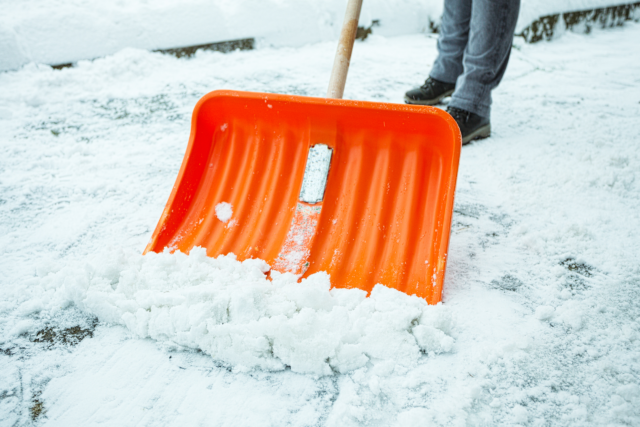Snow Melt and Ice Melt System Basics

New York winters pummel our facilities annually, and weather-related maintenance is no small part of operational expenses. Fortunately, snow melt and ice melt systems can protect your buildings, roads, and citizens.
There are two types of heating systems that melt snow and ice – electric and hydronic. Electric systems draw from the building’s power and use that energy to heat coils. These are typically best suited for melting dangerous ice that forms on roofs. Electric snow melt systems aren’t typically recommended for pathways and roads because they raise utility bills and can be affected by power outages. Hydronic systems, on the other hand, use hot water or steam from a boiler and are a more economic option for heating ground surfaces.
LaBella has designed multiple hot water snow melt system installations for sidewalks, roads, and truck ramps. Snow melt systems reduce the risk of injuries from slipping, eliminate the physical labor (and cost) of shoveling and plowing, minimize accidents caused by icy roads, and improve the aesthetic appeal of pathways and driveways.
Electric ice melt systems for roofs eliminate ice damming at the eaves of buildings. When rooms in a building are heated, that warm air raises to the attic and can melt lower layers of snow on the roof. The melted snow runs to the edge of the roof, where it freezes. As more and more snow melts and then turns to ice, the ice dam makes its way up the roof and seeps underneath the shingles. This process results in dangerous water damage and the potential for mold growth.
Ice damming can also occur when sunny days melt snow on dark roof surfaces. Snow melts fastest at peaks where the highest concentrations of heat are located. Water drips down to the roof’s edge, where it meets frigid air temperatures and a cold roof due to an unheated space below and freezes into an ice dam. As snow continues to melt, it backs up behind the ice dam and dangerous icicles form along the roof edge. These dams are exacerbated when outdoor air temperatures fluctuate – warmer winter days cause increased ice and snow melting.
An ice melt system consisting of de-icing cables that run along the roof and through gutters and downspouts can prevent the occurrence of the ice damming. The electric cabling, being constant wattage, should not be overlaid and should be carefully installed to avoid overheating and possible short circuiting. LaBella Associates can work to design an effective ice melt system and can oversee construction to ensure proper installation.
Both snow melt and ice melt systems are designed to turn on automatically when they are needed. For driveways, roads, and pathways, a moisture- and- temperature-sensing “puck” turns on the system when it detects moisture and temperatures close to freezing. Electric roof heating systems are triggered by a temperature-sensing puck or wire.
LaBella has partnered with many municipalities to design these systems with efficiency, effectiveness, and safety in mind. If you have a problem area and would like to explore the feasibility of constructing one of these systems, contact us today.